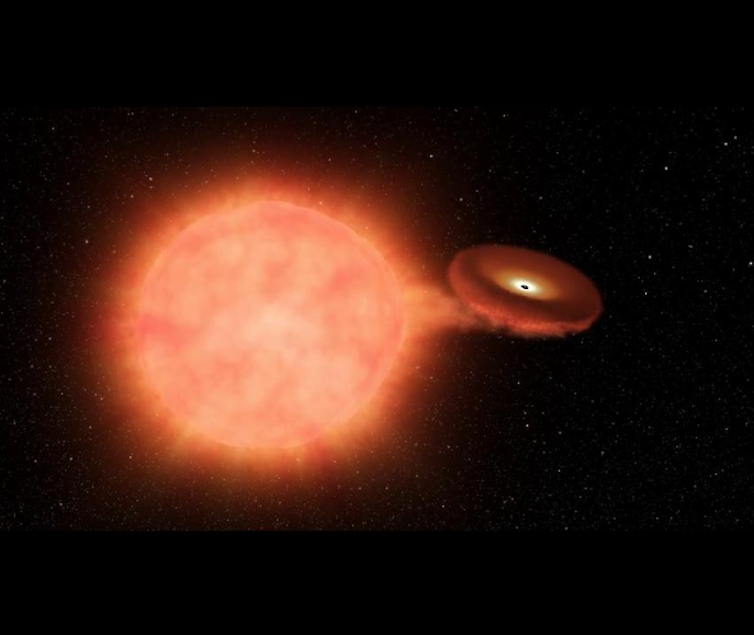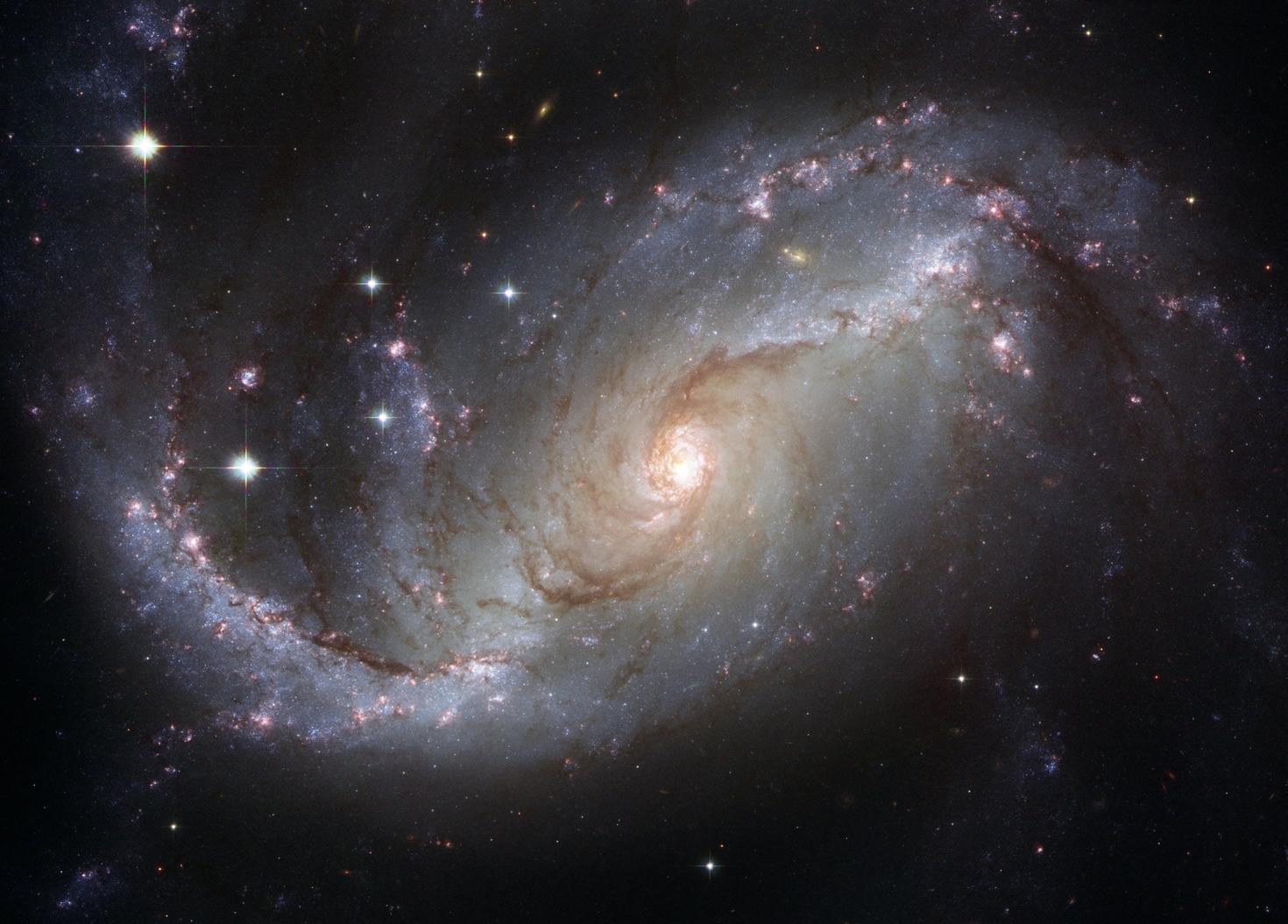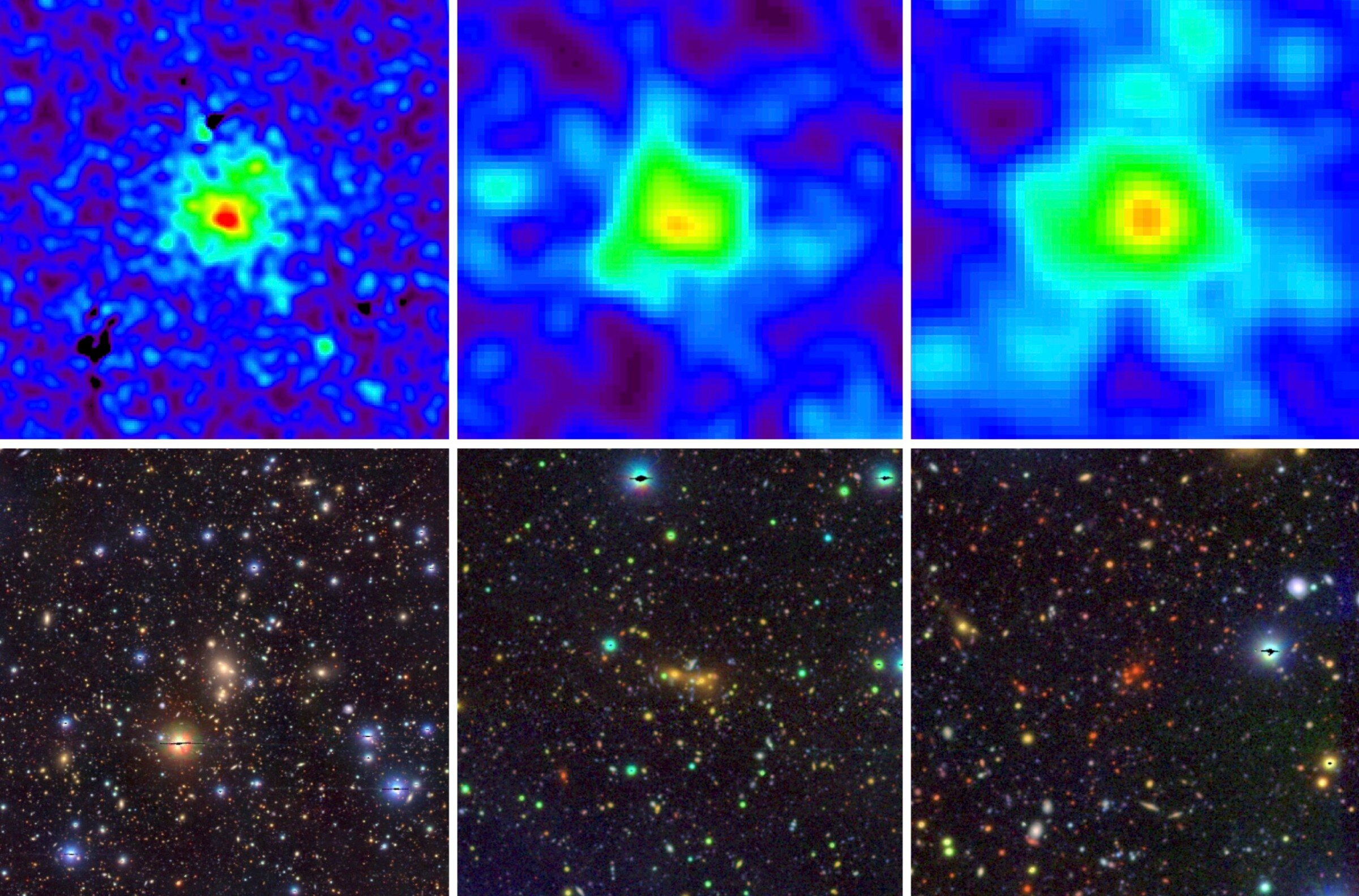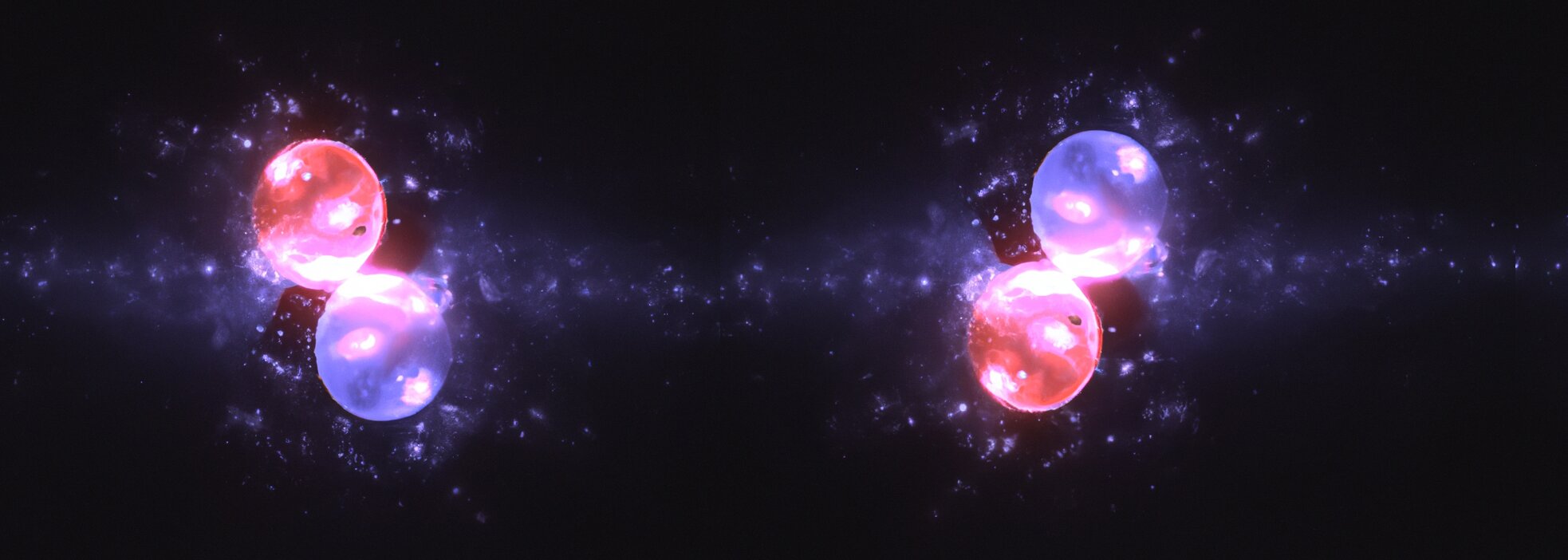
What is the universe made of? This question has driven astronomers for hundreds of years.
For the past quarter of a century, scientists have believed “normal” stuff like atoms and molecules that make up you, me, Earth, and nearly everything we can see only accounts for 5% of the universe. Another 25% is “dark matter”, an unknown substance we can’t see but which we can detect through how it affects normal matter via gravity.
The remaining 70% of the cosmos is made of “dark energy”. Discovered in 1998, this is an unknown form of energy believed to be making the universe expand at an ever-increasing rate.
In a new study soon to be published in the Astronom...
Read More







Recent Comments